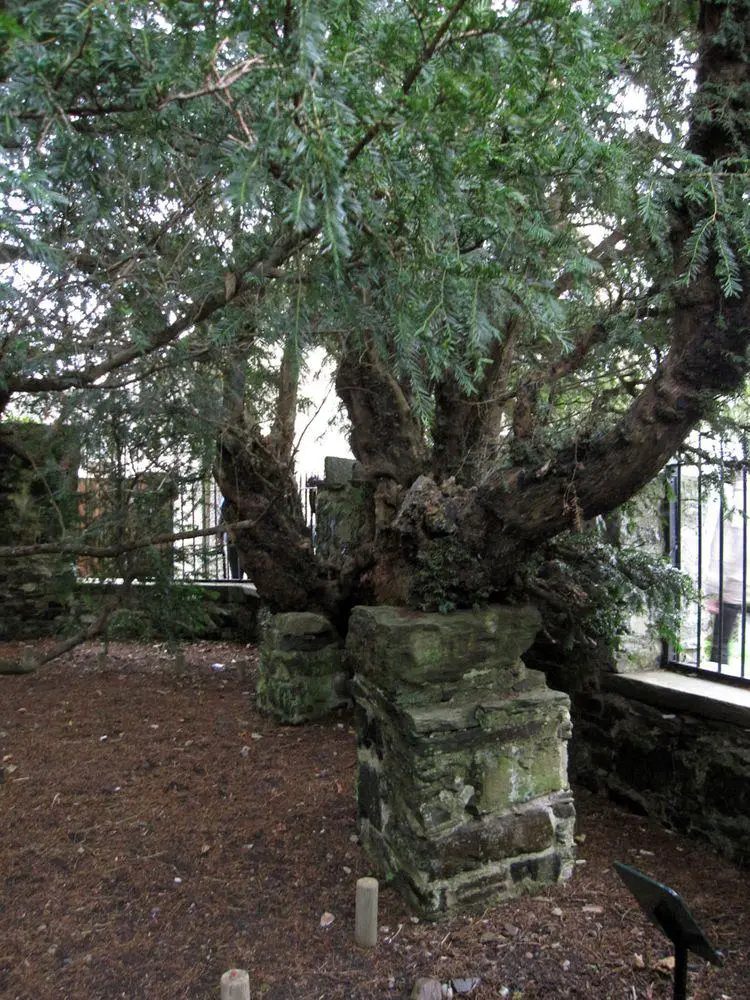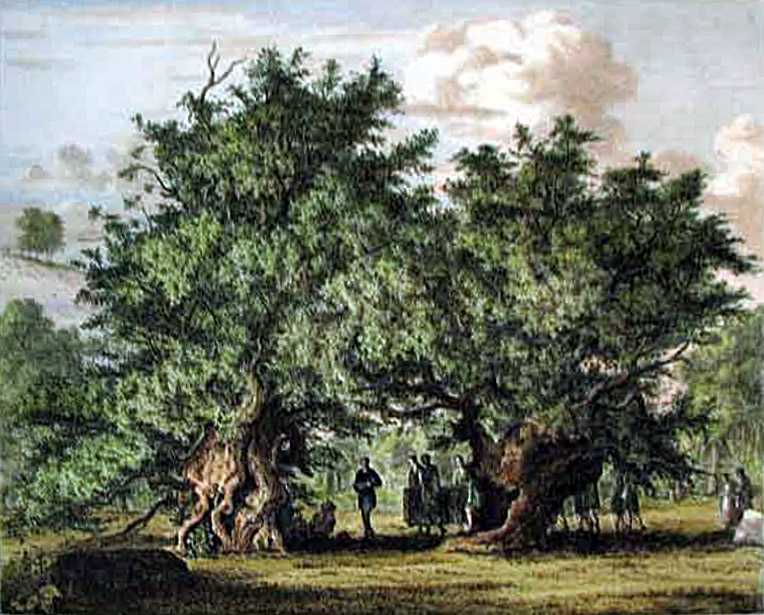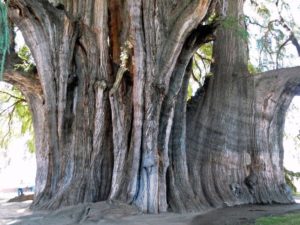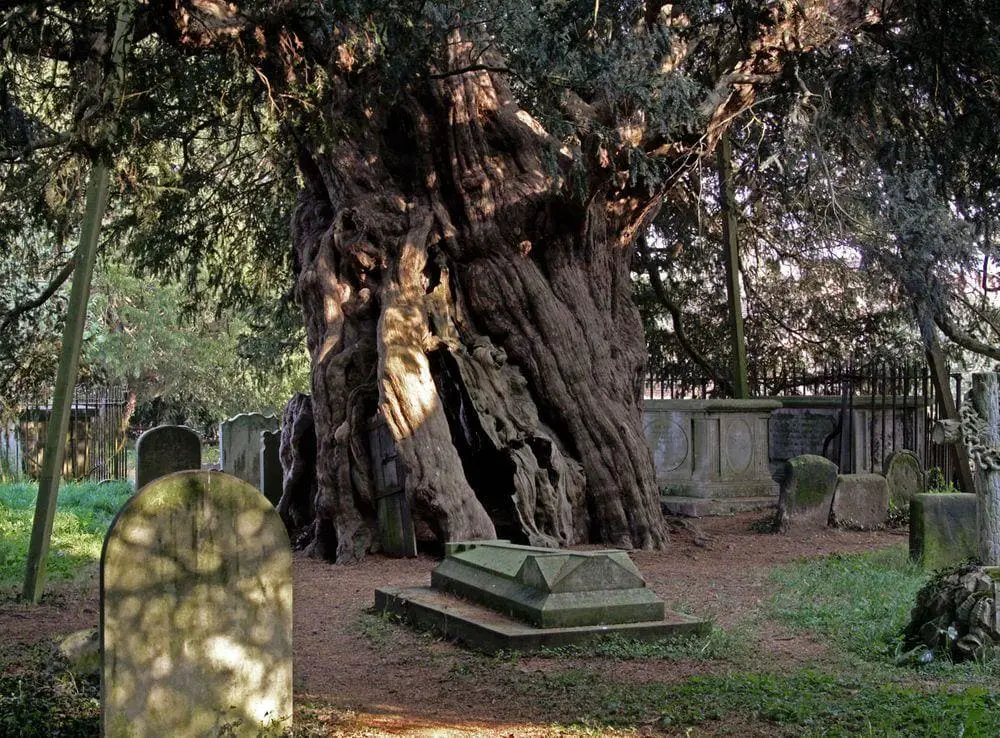Wonder
The Fortingall Yew
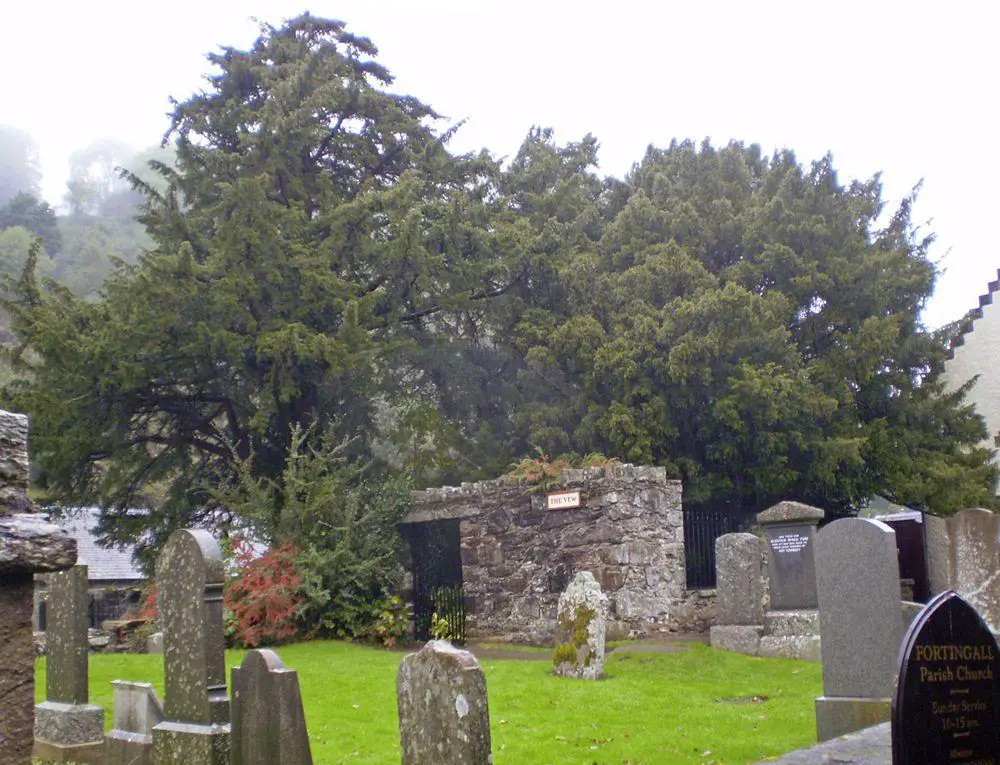
 In short
In short
In the 18th century, before the decomposition of its main trunk the Fortingall Yew attained incredible size: the circumference of its trunk reached 17.2 m! But sometimes even record size is not enough and people invent something extra to create a decent legend.
 34.5%
34.5%
GPS coordinates
Location, address
Species
Circumference
Map of the site
If you see this after your page is loaded completely, leafletJS files are missing.
 In detail
In detail
Centre of Scotland and birthplace of Pontius Pilate?
Fortingall is located in the central part of Scotland and to some, this location is not just geographical but also the spiritual center of Scotland.
There has originated also a legend that here was born Pontius Pilate… that he was even born under the canopy of Fortingall Yew and played here as a child. This sounds unlikely but we may never find out the truth.
2000 years… 5000… 9000…?
It is very complicated to find out the true age of old yews. The tree often does not have a set of concentric rings but rather a chaotic congregation where at some periods wood has been growing in one side and at some – in another side.
As the tree grows really old, the heart gets rotten by fungi – thus eliminating the last chance to determine the exact age.
This lack of convincing data leaves place for imagination and in a case of Fortingall Yew people surely have used it. While the most conservative judgements give an age of 2000 years, many are convinced that it is 5000 years old – as old as Stonehenge. There are even statements that the tree is 9000 years old.
Again – we may never learn the true age of Fortingall Yew but the general scientific evidence shows that it might be over 2000 years old. This number puts this Scottish tree among the oldest living beings of the world.
Ancient shrine turns into curiosity
It seems possible that Fortingall Yew was a shrine or part of a sacred place well before the coming of Christianity. The present church was built next to this revered tree, "borrowing some sacredness" from it.
Tree was well-known local curiosity and has been mentioned in written sources since the 18th century.
Thomas Pennant in his work "A Tour in Scotland" in 1744 wrote: "In Fortingall church-yard are the remains of a prodigious yew-tree, whose ruins measured fifty-six and a half in circumference." (e.g. 17.2 m)
Daines Barrington in 1769 reported a circumference of 52 feet (15.8 m). It is possible that one measured the tree at its base, another – at breast level.
In 1833 Patrick Neill wrote that large amounts of wood were cut away by the country people making diverse relics from it – such as drinking cups. By that time this tree resembled a semi-circular wall with sprouts up to 9 m tall.
Lively remains
Nowadays it would be hard to guess that there was one single tree – there are two large, separate trees. Just pegs mark the extent of the historical tree – the marked circle has a diameter of 5.4 m. In the soil still can be found the remnants of the old trunk.
To prevent damage to this admirable landmark, there was built a protective wall in 1785. This wall was low and of little use. In 1842 there was built the present wall, which is considerably higher.
The remaining trees are vivid and may grow for centuries long. One of its stems is pushing the protective wall outwards.
References
- Fragmented Yews in Churchyards, Ancient Yew Group. Accessed on April 24, 2011
- Peter Thomas, Response of Taxus baccata to environmental factors, Il Jornades sobre el teix a la Mediterrania occidental, 2008. Accessed on April 24, 2011
The Fortingall Yew is included in the following articles:
 Linked articles
Linked articles
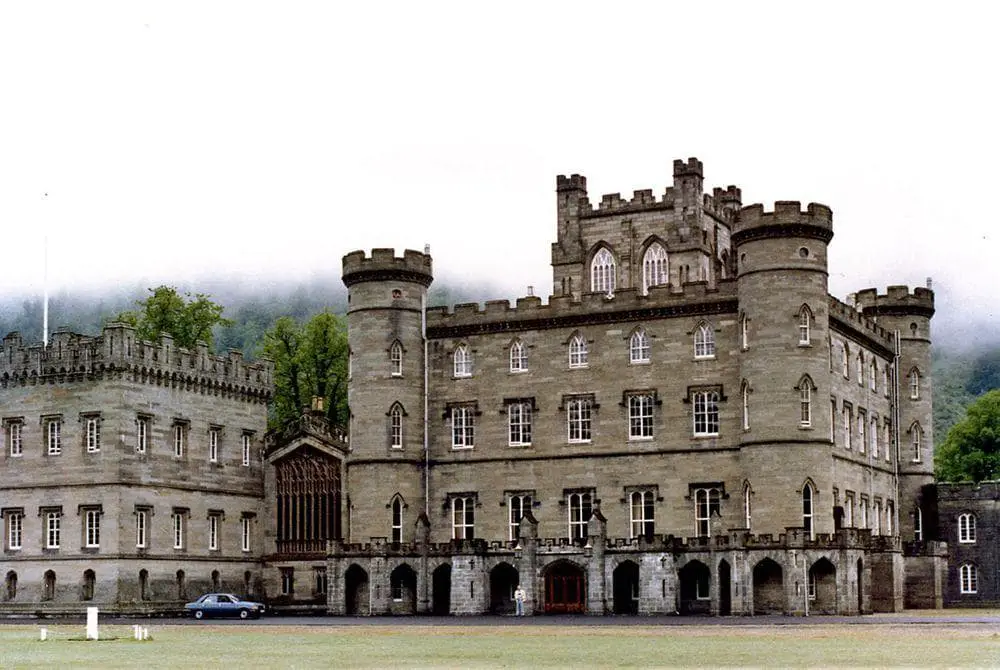
Wonders of Perth and Kinross
The highlights of Perth and Kinross are castles of amazing diversity as well as Pictish picture stones and Celtic crosses – Perth and Kinross contain a rich collection of these amazing stones, created at the dawn of Christianity.
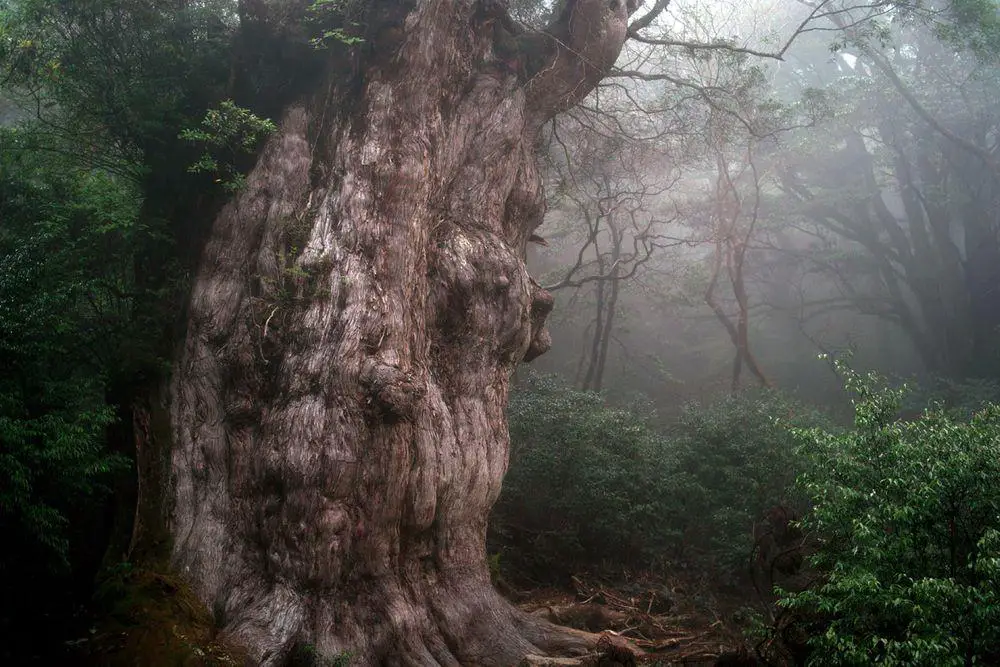
Trees
The category includes some of the most impressive and interesting separate trees in the world. The total number of tree species in the world still is a wild guess – maybe 10,000 and maybe 100,000 but most likely somewhere in between. Every month there are reported new tree species from the whole world, including Western Europe.

Wonders of Scotland
In Scotland are found some of the best castles in the world as well as numerous palaces, ancient settlements, and very interesting megaliths.
 Recommended books
Recommended books
Yew: A History
The yew is one of the most fascinating and versatile life forms on Earth, botanically rich and intriguing, and culturally almost without comparison. This impressive study of the yew reveals that in history, mythology, religion, folklore, medicine, and warfare, the yew bears timeless witness to a deep relationship with mankind. It is the tree that Darwin often rested beneath and under which he wanted to be buried.

